Low-density polyethylene, also known as high-pressure polyethylene (LDPE), is the lightest variety of plastic material polyethylene resins. It has good flexibility, extensibility, electrical insulation, transparency, easy processing and certain air permeability. It has good chemical stability, alkali resistance and general organic solvent resistance.
Ethylene is polymerized into high molecular weight polyethylene by free radical mechanism under high temperature and high pressure, which has the following characteristics:
I. The ethylene polymerization process is a strongly exothermic process. The heat of polymerization of ethylene is about 93.5kJ/mol (or 3.3kJ/g), and the specific heat capacity of ethylene at 235MPa and 150~300℃ is 2.51~2.85J/(g·℃). The polymerization of 1% ethylene will increase the temperature by 12~13℃. If the temperature is too high, it can also cause ethylene to decompose.
II. Under high pressure, ethylene has been compressed to a gas-tight phase with a density of 0.5g/mL, which is similar to a liquid that cannot be compressed anymore. At this time, the distance between ethylene molecules is significantly shortened, thereby increasing the free radicals and ethylene molecules. Collision probability, so polymerization reaction is prone to occur.
III. The free radical activity of the propagating chain at high temperature is large, and the chain transfer reaction is easy to occur, and the obtained polymer has a linear structure with many branched chains. Usually there are 20~30 branches per 1000 carbon chain atoms, the crystallinity is 45%~65%, and the density is 0.910~0.925g/mL. It is light in weight, flexible, and has good low temperature resistance and impact resistance.
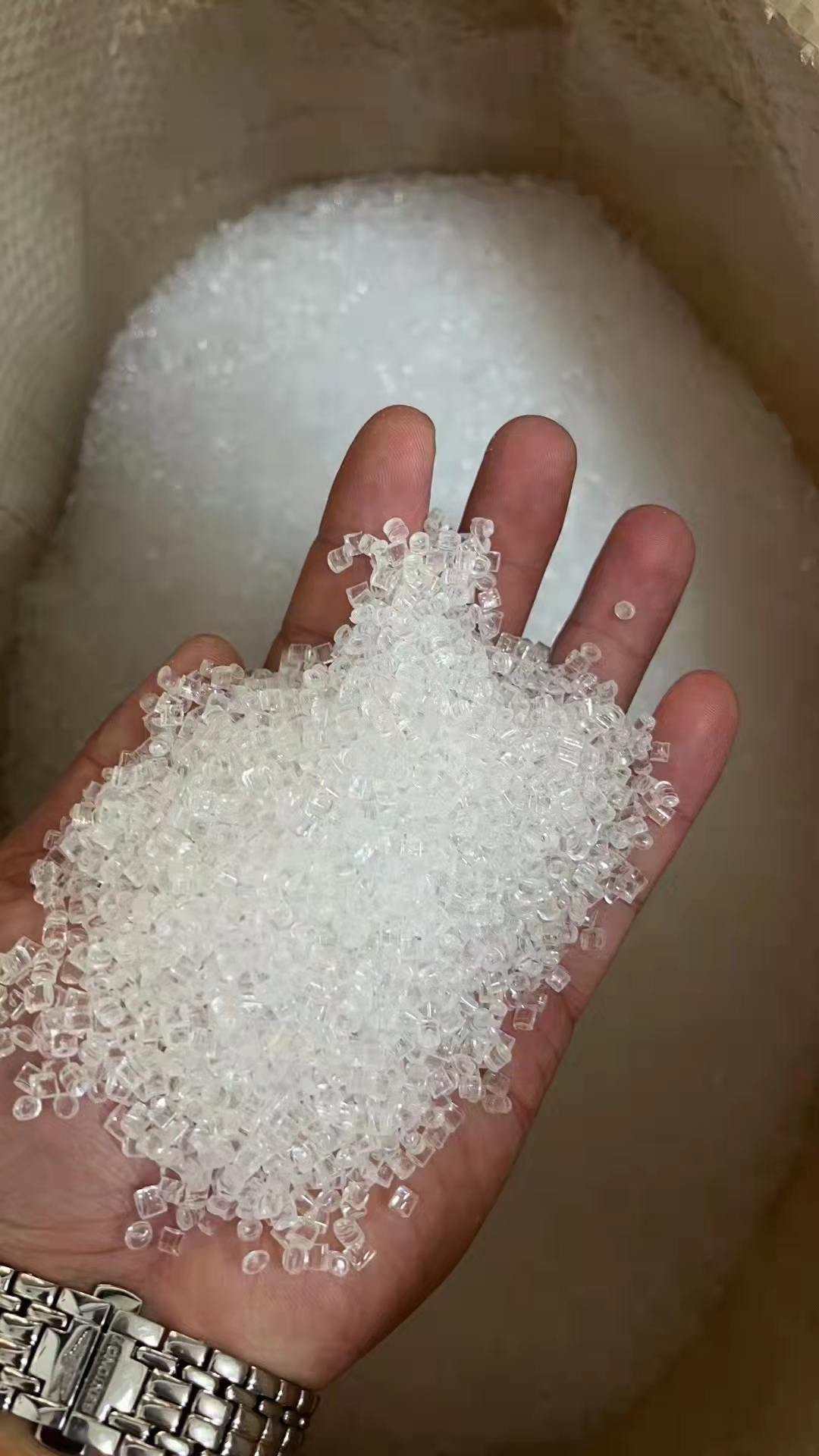
(Low-density polyethylene film grade - LD165)
Conventional LDPE can be produced in two ways: the tubular method or the kettle method. Both production methods are high-purity ethylene fed into a high pressure (103 to 276MPa) high temperature (300 to 500F) reactor containing an initiator. The initiator is either oxygen or an organic peroxide. The termination of the reaction is achieved by adding a chain terminator or by linking two molecular chains.
Unlike the linear structures obtained by other polyethylene (HDPE and LLDPE) processes, the polymers produced by high pressure means are branched structures. This branched structure imparts excellent transparency, flexibility and ease of extrusion to conventional LDPE. LDPE resins tailored to meet different applications are obtained by balancing and controlling molecular weight, knot quality and molecular weight distribution MWD.
LDPE grades can meet the requirements of most thermoplastic forming processing technologies. Including: film blowing, film casting, extrusion lamination, wire and cable lamination, injection molding, blow molding.
LDPE can be used alone or in blends with other members of the polyethylene family. Widely used in packaging. Construction, agricultural, industrial and consumer markets.
The biggest market for LDPE is to make films (<12 milliseconds). Single and composite LDPE films produced by blow molding or casting process account for more than 55% of the total domestic consumption of LDPE. Films made of LDPE exhibit good optical properties, strength, flexibility, sealing, slow odor diffusion and chemical stability. LDPE is used to package bread, agricultural products, fast food, textiles, durable consumer goods and some industrial products. LDPE can also be used as non-packaging films such as: disposable diapers, agricultural films and shrink films.
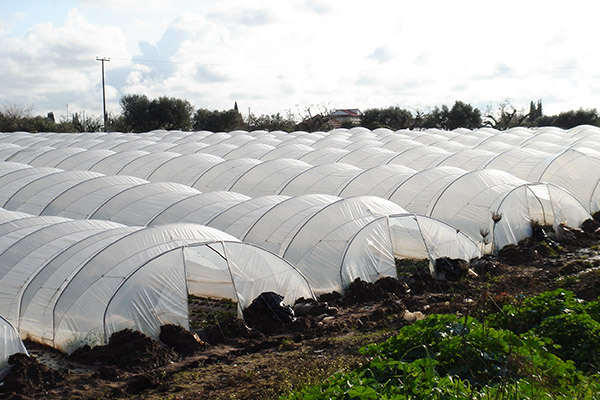
( High Transparent Film Grade LDPE 2426K for Agriculture Plastic Film)
It is another major market for LDPE. Due to the structural characteristics of LDPE molecules, it is the only resin in the polyethylene resin family that can meet the requirements of extrusion lamination processing. Adhesives provide a protective layer that aids in sealing the finished package, essential excellent stretch properties, long-lasting coverage and low odor spread. A typical melt index range is 3-15 grams/10 minutes. LDPE adhesive can be covered on many substrates, such as: paper, board, cloth and other polymer materials. LDPE tape is an economical and effective means of ensuring the heat sealability and moisture resistance of the substrate. Markets that use LDPE stickers include milk boxes, aseptic preservative packaging, and food packaging. Tape and paper products. LDPE co-extrusion is widely used as a component of high-barrier composite laminates. Important requirements are moisture resistance and sealing. To meet different requirements, the performance of the resin varies accordingly. It can be used for aseptic packaging, packaging of pharmaceuticals and daily necessities.
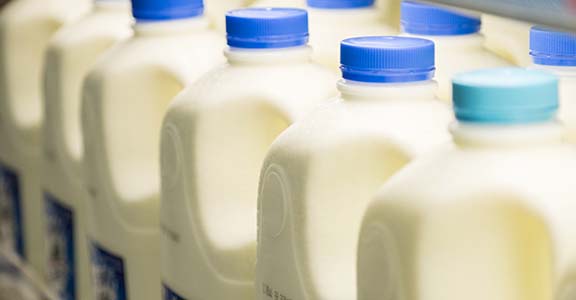
In the competition of polyethylene(PE) resin family, the use of conventional LDPE for blow molding and injection molding has been relatively stable. LDPE resin is used for molding due to its flexural resistance and processing properties. The resin melt index ranges from 0.5 to 2.0 g/10 minutes, and the density varies from 0.918 to 0.922 g/cm3. LDPE molding is used to make medical and consumer bottles and closures that require extrusion properties.
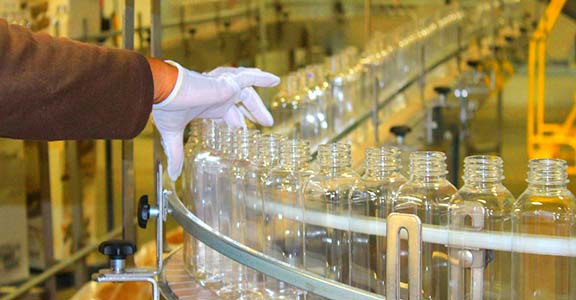
LDPE was originally used as a sheath material for wires and cables. LDPE shows excellent electrical properties and anti-wear properties, which are strictly required in the market. The resin melt index range is 0.25-2.0 g/10 minutes, and the density is 0.918-0.932 g/cm3. Today, LDPE resins are used as sheaths for telecommunication cables.
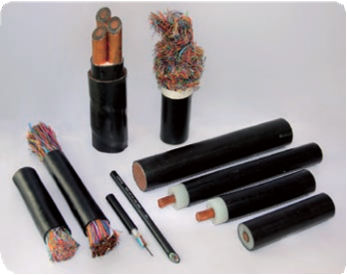
Dema commits to create value for our clients, provide solutions of polymer raw materials, like PP, PE, PVC, PET, ABS and FIBC bags, and help you occupied a competitive position in your market. You are welcome to contact us at any time, we will serve you wholeheartedly.
